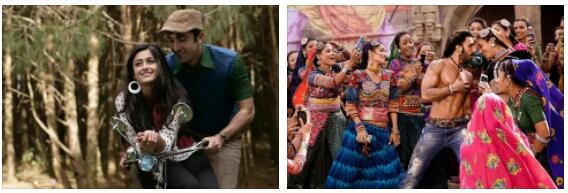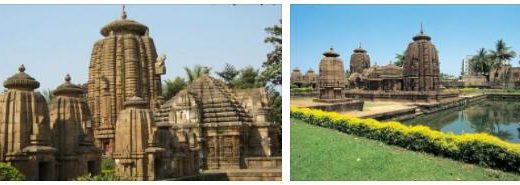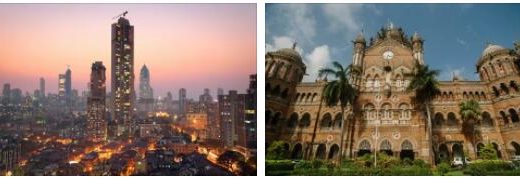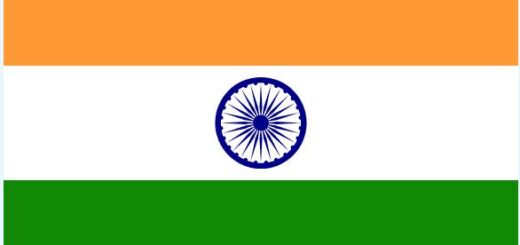India Films
Sixteen years after the introduction in Bombay of the Cinématographe dei Lumière (1896) the pioneer DG Phalke made the first Indian feature film, Raya Harischandra (1913), obtaining a success that favored the production of historical and mythological films and also of comedies during the entire silent period for a total of approx. 1500 films. The father of sound and color was Ardeshir M. Irani, respectively with Alam Ara (1931), spoken and sung in Hindī, and with Kisan Kanya (1937). With the advent of sound, the cultural and artistic primacy passed to Calcutta and to the dramatic cinema in Bengali language of the “New Theaters” by PC Barua and DK Bose, linked to the tradition of the ancient national vati and to the teaching of Tagore; while Tamil (in Chennai since 1934) and telegu production was born in the South, particularly well versed in musical films with large copies of songs. This custom, moreover, always dominated also the cinema of Bombay, mainly commercial and based on comedies and legends, among whose directors V. Shantaram established himself., present in the Thirties and Forties at the Venice Film Festival and also active in Puna for the “Prabhat” more inclined to social film. Fifteen national productions, 14 mother tongues, 300-350 films per year of high average length (428 feature films in 1972) constituted the quantitative standard of Indian cinema, which since the 1950s was second only to Japanese. But in 1952 an international festival in New Delhi revealed that other cinemas had gone far ahead in quality and that the life of the country and the people was absent from the theatrical, operatic and literary melodramas that had prevailed up to that time. Above all, Italian neorealism caused a shock effect . And it was then, on the track already indicated by KA Abbas with the children of the earth (1943-44) about the famine in Bengal, which gave rise to films that were very popular at European festivals, such as Two hectares of land (1953) by Bimal Roy, Sciuscià (1954) by P. Arora, Munna (1954) by Abbas, Il signor 420 (1955) and Alerta or Under the mantle of the night (first prize in Karlovy Vary, 1957) by Raj R. Kapoor, Two eyes and twelve hands (1957) by Shantaram; while Pakistani cinema was rising with When the world will be born (1959) by A. Kardar and the great Satyajit Ray completed the Bengali trilogy (Pather Panchali, 1955; Aparajito or L’invitto, awarded with the Golden Lion at the Venice Film Festival in 1957, and Il mondo di Apu, 1959), which was to make him famous, but solitary in a film industry that remained in its enormous majority foreign and impermeable to his lesson.
According to Printerhall, the social realism of Abbas (The city and the dream, 1964), the dialectical and “Tagorian” humanism of Ray (The goddess, 1960; The metropolis, 1963; Charulata or La donna sola, 1964), continued to oppose the commercial entertainment industry. The path to a new cinema then appeared hard, and in 1968 he drew up the manifesto Mrinal Sen, the most unconventional filmmaker of that last stage, who argued about concrete aspects of individual existence and real collective problems, leaving in the background the lyricism that instead still fascinated too many Indian directors. The focus of dramatically conscious cinema remained, as in the past, in Calcutta, where production was much poorer than in Bombay. The success at the 1969 Venice Film Festival of Sen’s low-cost film Mr. Shome (a film without actors or colors or songs) served to relaunch this “post-Ray” cinema in the homeland, in which many young people made their debut and to which directors and actors formerly dedicated to commercial products sometimes converted. Over 450 films per year in 1973, 500 in 1976, 750 in 1980 and 2400 in the three-year period 1982-85, Indian cinema at the beginning of the nineties found itself to hold the world record for the quantity of films produced. Not yet threatened by television competition, it remains the only nourishment for the poor masses in its package of sung and danced melodrama, colorful and mythological, with very popular stars and no reference to concrete reality, characteristics that have contributed to the birth of the definition of ” Bollywood ”for the Indian popular / commercial film industry. Such is the typical Hindī film, produced in Bombay and distributed in 88 countries of Asia and Africa: its production has however decreased in recent times in favor of regional films of the South and of the other capital of cinema which is Chennai.. However, the enormous number of films corresponds to a small number of cinemas: approx. 13,000, of which a third are street vendors, and moreover concentrated in the cities, even if the increase in the 1980s was considerable, with over 500 more rooms per year. The big news is represented by the growing development of production in the various regional languages (in addition to hindī and Tamil, films are produced in Telugu, marāṭhī, bengālī, malayāḷam, kannada, etc.); Bangalore, the capital of Karnataka, has become the “filmmakers’ paradise” with its films in Kannada, credit of director-actor Girish Karnad. Since the 1980s, Indian cinema has begun to be the subject of important retrospectives, also in Italy (an annual festival dedicated to Indian cinema is located in Florence); however, the best-known directors continue to be the two Bengali masters, Mrinal Sen and Satyajit Ray. Among the other main directors are: Ritwik Gathak, initiator of modern Indian cinema, discovered in the West only in the eighties after his death (thanks also to a retrospective held at the International Exhibition of New Cinema in Pesaro in 1985): Bengali director, he also had an extraordinary importance as a teacher at the Film Institute of Puna, a school where some of the best directors of the sixties and seventies were trained (Mani Kaul, Kumar Shahani, Adoor Gopalakrishnan); Shyam Benegal, Hindī author of melodramas centered on feudal caste relations; Mani Kaul, with a narrative masterpiece like The daily bread (1969) and numerous other films; MS Satyu, author of Hot winds; Radmas Phutane, who with The Omniscient denounced the ritual killings of children; Adoor Gopalakrishnan, an important director from Kerala, and his fellow countryman G. Aravindan. From Karnataka come the aforementioned Girish Karnad, already famous at home as a playwright and director of Kaadu (1973), before reaching greater fame as an actor in commercial films and on television; and Karasavalli (The Ritual and The Conquest). More open to the western market is Mira Nair, who has also seen her valuable Salaam Bombay distributed in Italy (rare case) (1988), Mississippi Masala (1990) and Monsoon Wedding, winner of the Golden Lion in Venice in 2001. Among the films of a certain importance we mention: Kasba (1990) and Bhavantarana (1991), by K. Shahani; Ishanou (1990), by AS Sharma; Idiot (1991), by M. Kaul; Roja (1992), by M. Ratman and Mayar Memsaab (1992), by K. Mehta.
Subsequently, the most important films were Devdas (2002) directed by Sanjay Leela Bhansali, as well as Black (2005) and Saawariya (2007); Kabhi khushi kabhie gham… (2001; Sometimes Happiness, Sometimes Sorrow), a family saga by Karan Johar (b. 1972) in which many Indian movie stars have acted. One of the most popular directors remains the aforementioned A. Gopalakrishnan (b.1941), author of Naalu Pennungal (2007; Four Women), while Water (2005), by Deepa Mehta, the last film of a trilogy on the elements, was appreciated. started with Fire (1996) and Earth (1998). A mention also goes to Manda meyer upakhyan (2002; A Tale of a Naughty Girl), by Buddhadev Dasgupta, on the life of a Bengali village in the 1960s. The same director also directed Ami, Yasin Ar Amar Madhubala (2007; The Voyeurs). There are also many directors born in India, but who grew up, trained and became famous abroad; among the many we remember Shekhar Kapur (b.1945), director of Elizabeth: The Golden Age (2007) and M. Night Shyamalan (b.1970), director of successful films such as The Sixth Sense (1999), Unbreakable. (2000), Signs (2002), The Village (2004). Among the latest most successful films also in Western countries we can mention 3 Idiots (2009) by director Rajkumar Hirani, Stars on the Earth (2007) by Aamir Khan and The Emperor’s Bride (2008), by Ashutosh Gowariker.



